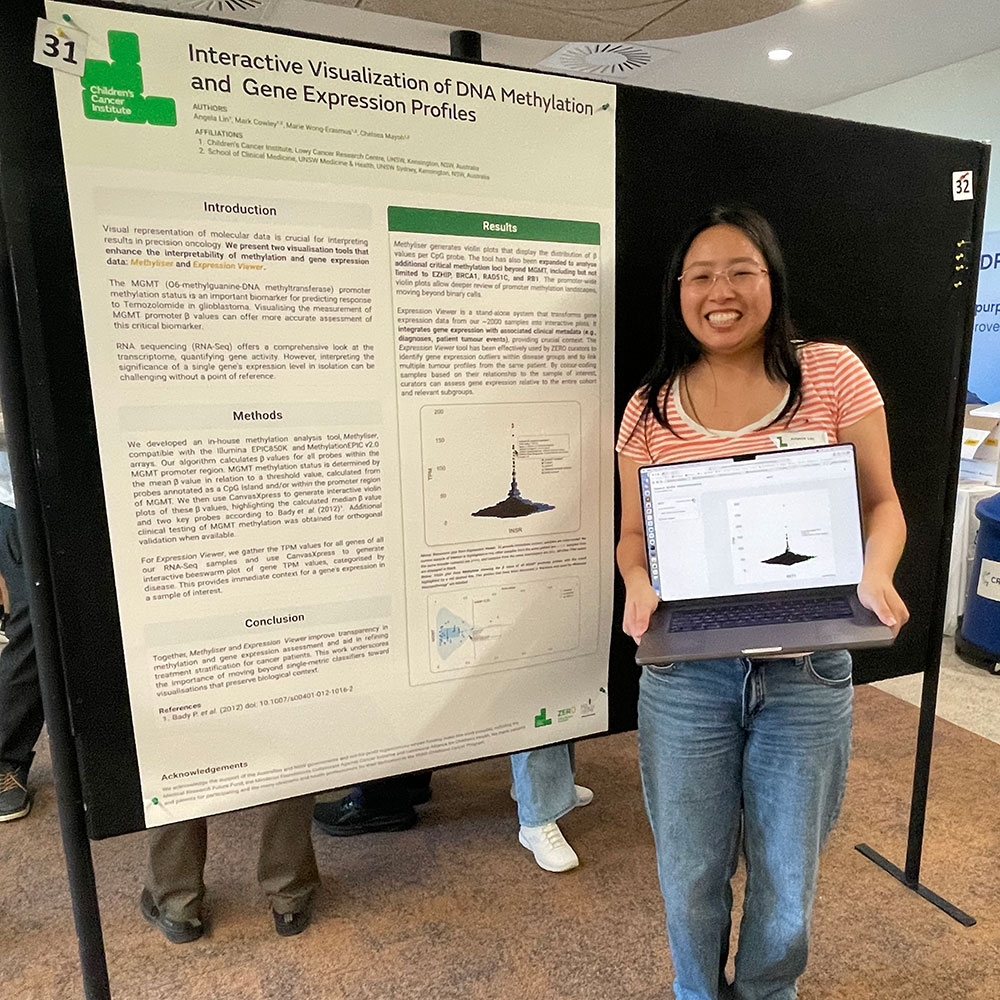Starting from the coldest temps, all in degrees Celsius, here is the forecast for cells in our labs:
Tumour bank at minus 196 degrees
Sometimes we need to store cells for a long time. Our tumour bank stores cancer cells in tubes kept in canisters in liquid nitrogen at -196 degrees. Frozen at that temperature, cells and tissue samples can be kept for decades (our oldest samples are from the 1980s) and thawed out when needed for experiments. But they need to be thawed carefully so they survive.
Working with liquid nitrogen takes care. Lab workers need to be a certain height and wear special safety gear when working with our liquid nitrogen tanks. The tanks produce a kind of ‘smoke’ when they are opened which is cool, literally

Freezer at minus 30 degrees
We also have freezers like the ones in your kitchen at home, but at -30 degrees. But what’s inside is very different to your kitchen freezer – reagents, cells, and other lab neccessities.
Fridges and cold rooms at 4 degrees
The temperature you keep your milk and butter at is best for some lab reagents and samples as well. Lab refrigerators and cold rooms are the same temp as domestic fridges. Just like home, our researchers put fridge magnets on their doors but unlike home, they have given the fridges names so they know where to find their samples.
Incubator at 37 degrees

If cells are to behave as in a human body, the temperature must be body temperature, ie 37 degrees. Incubators do that. Cells grown in tissue culture are kept at this temperature in humidified incubators.
Autoclave at 121 degrees
At the top of the temperature range is the autoclave. This kills cells and is used to sterilise lab equipment with high pressure steam. The top temp is a very uncomfortable 121 degrees.
All this temperature-controlled equipment is vital for our research. Our scientific services staff keep it carefully calibrated and maintained to support our experimental work.
Find our more about the research we do and check our job vacancies page for roles in our labs.















